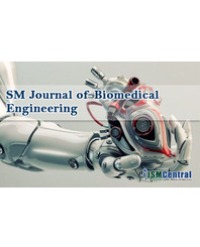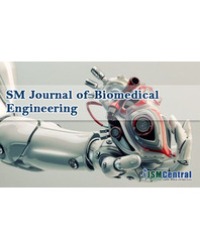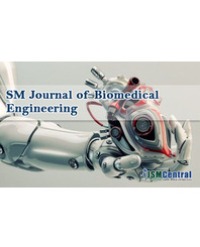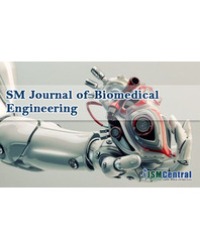
The Effect of WIN55, 212-2 on Protein S100, Matrix Metalloproteinase-2 and Nitric Oxide Expression of Chondrocyte Monolayer
Studies have been conducted to highlight the anti-inflammatory and immunosuppressive properties of synthetic cannabinoids as well as their potential for cartilage repair. Various wound healing techniques can be used to investigate the mechanisms of chondrocyte repair in monolayers or three dimensional tissues constructs. In this work the effect of WIN55, 212-2 (WIN-2) on nitric oxide (NO) and matrix metalloproteinase-2 (MMP-2) expressed by wounded chondrocyte monolayers was investigated. Moreover, expression of collagen type-I and type-II, fibronectin and S100 proteins were detected using immunofluorescence and quantitatively verified using ELISA based techniques following treatment with 1 µM and 2 µM of WIN-2. Treating chondrocytes with 1 µM of WIN-2 significantly increased expression of collagen type-II, fibronectin and S100, and significantly reduced collagen type-I expressions as compared to the control groups. On the other hand, both concentrations of WIN-2 significantly reduced the expression of the inflammation markers NO and MMP-2 in a dose dependent manner. These findings highlight the potential use of the synthetic cannabinoids for improving cartilage healing properties as well as acting as an anti-inflammatory agent which could be used to enhance tissue engineering protocols aimed at cartilage repair.
A Abdeldayem¹, M Youseffi¹*, F Sefat¹, M Genedy¹, MM Abdul Jamil², and F Javid³




